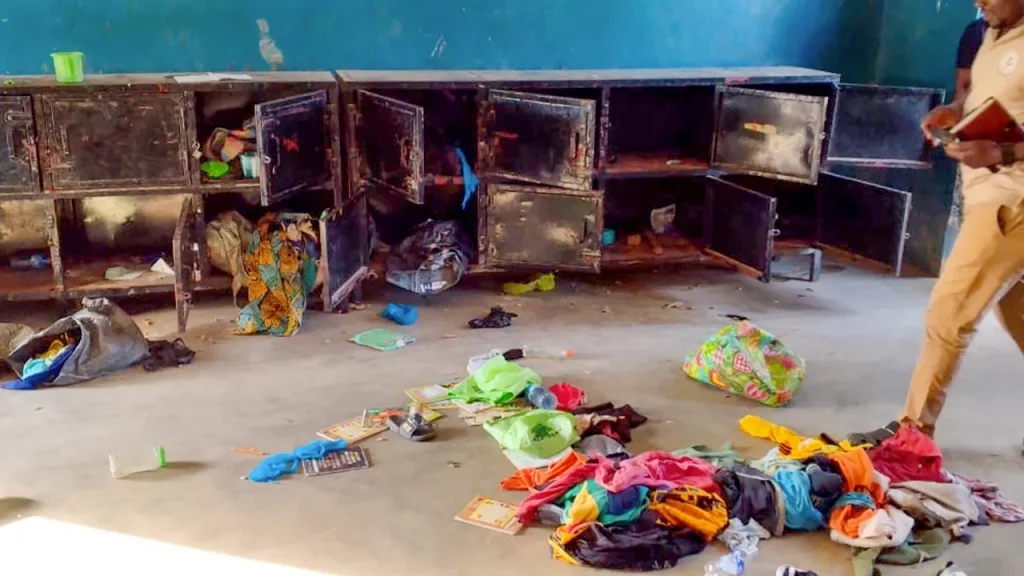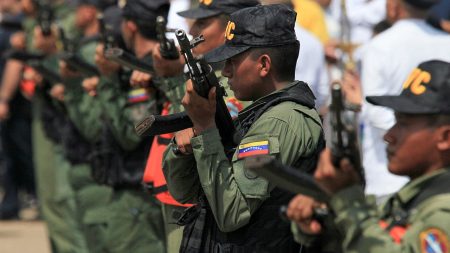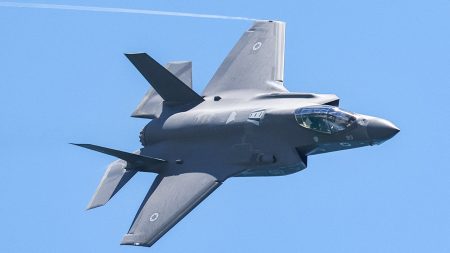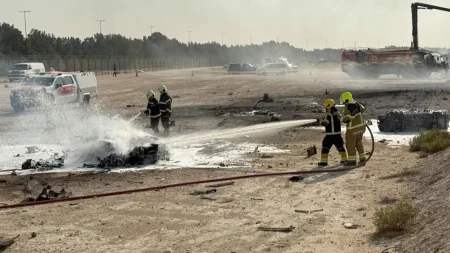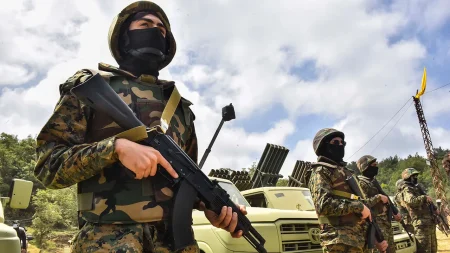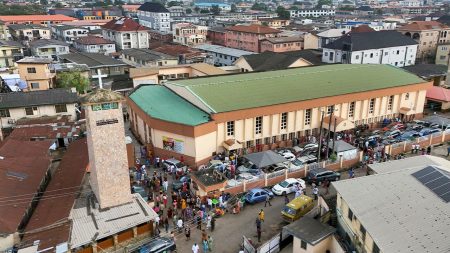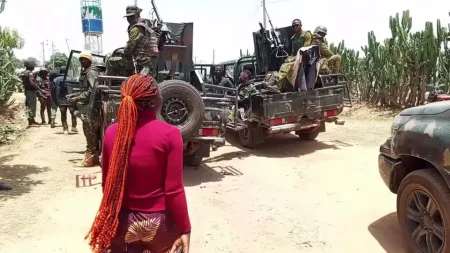Mass Kidnapping at Nigerian Catholic School Shocks Nation
In a devastating attack that has sent shockwaves through Nigeria and the international community, gunmen stormed St. Mary’s School, a Catholic institution, abducting 303 children and 12 teachers. The scale of this kidnapping became apparent only after initial reports suggested a much smaller number of victims. Most Reverend Bulus Dauwa Yohanna, chairman of the Niger state chapter of the Christian Association of Nigeria (CAN), confirmed the final count “after a verification exercise and a final census was carried out” during his visit to the school. The kidnapped students include both boys and girls between the ages of 10 and 18, representing families across the region who entrusted the school with their children’s education and safety.
The aftermath of the attack has been characterized by confusion and finger-pointing between school officials and government authorities. State officials claimed that St. Mary’s School had reopened despite warnings of increased security threats in the area, effectively suggesting the school administrators bore some responsibility for the tragedy. However, Yohanna strongly refuted this narrative, stating, “We did not receive any circular. It must be an afterthought and a way to shift blame.” This disagreement highlights the tension between religious institutions and government authorities in a country where security has become increasingly precarious, especially for Christian communities. As tactical squads and local hunters work desperately to locate and rescue the kidnapped children, families wait in agonizing uncertainty, with no group yet claiming responsibility for the mass abduction.
This horrific incident at St. Mary’s School is not isolated, but rather part of a disturbing pattern of attacks targeting educational institutions in Nigeria. Just days earlier, armed attackers kidnapped 25 girls from a boarding school in Kebbi State, killing at least one staff member in the process. The search for those girls continues alongside efforts to recover the children from St. Mary’s. These sequential attacks point to a systematic targeting of schools, which serve as soft targets for armed groups seeking leverage for ransom demands or attempting to destabilize communities. The trauma extends beyond the victims themselves to affect entire educational systems, as parents grow increasingly fearful of sending their children to school, particularly in vulnerable regions.
The ongoing violence against Christians in Nigeria has garnered international attention, with former U.S. President Donald Trump designating Nigeria as a “country of particular concern” regarding religious freedom. This diplomatic classification recognized the particular vulnerability of Christian communities in parts of Nigeria, though the Nigerian government has consistently disputed this characterization of the violence. The disagreement highlights the complex religious dynamics in a country nearly evenly split between Christians and Muslims, where violence has often been attributed to various factors including ethnic tensions, competition for resources, and the activities of extremist groups. However, religious leaders on the ground continue to report patterns of targeting that suggest religious motivations behind many attacks.
More recently, U.S. Ambassador to the United Nations Mike Waltz held an event specifically addressing the violence in Nigeria, using powerful language to describe the situation. Waltz characterized the killings of Christians in Nigeria as “genocide wearing the mask of chaos,” suggesting that what might appear as random violence or criminal activity masks a more systematic targeting of religious communities. The event gained additional attention through the participation of global rap superstar Nicki Minaj, who lent her voice and platform to call for religious freedom for all Nigerians. This high-profile advocacy represents growing international concern about the security situation in Africa’s most populous nation, where kidnappings and attacks on religious institutions have become distressingly commonplace.
As the search for the kidnapped children continues, this mass abduction from St. Mary’s School serves as a painful reminder of the human cost of Nigeria’s security challenges. Behind each number in the count of 303 children and 12 teachers is an individual with dreams, aspirations, and a family desperate for their safe return. The psychological impact of such traumatic experiences will likely affect these young people for years to come, even if they are safely recovered. For Nigeria’s Christian community and educational institutions across the country, this attack reinforces fears about vulnerability and raises questions about the adequacy of security measures to protect the nation’s children. As local authorities work with community volunteers to locate the kidnapped students and teachers, the incident has become not just a national tragedy but an international humanitarian concern, highlighting the urgent need for more effective protection of educational spaces and religious communities in regions plagued by violence.





